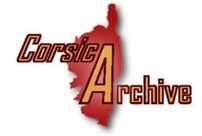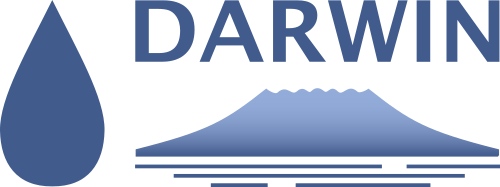FOG-ML FOrecasting radiation foG by combining station and satellite data using Machine Learning [funded by DFG]
Project staff:
Dr. Boris Thies
Michaela Vorndran
Abstract:
Fog and the associated poor visibility conditions particularly impair safety in car, ship and air traffic. In this context, an accurate forecast of fog formation and resolution as early as possible can make a significant contribution to improving traffic safety and management. However, due to the complexity of the physical processes as well as the effects of local topography and weather influences on fog dynamics, the exact prediction of ground fog using numerical models remains difficult until now. In contrast, machine learning methods show promising results with regard to fog prediction and represent a real alternative to numerical fog prediction. However, the previous machine learning methods for fog forecasting were only developed for selected stations and do not take into account the explicit recording of the temporal and spatial aspects of fog development in the vicinity of the respective stations. Here the combination of local measurements and spatially high-resolution satellite data can contribute to an improvement of the fog prediction. Machine learning methods offer the potential to optimally combine large amounts of data with different properties and to make them usable for fog prediction. However, so far there is no machine learning based method for fog prediction using station measurements and spatially high-resolution satellite data. Based on the previous experiences within the working group of the applicants regarding the use of machine learning methods for satellite-based fog detection and precipitation remote sensing, a nationwide fog prediction system for Germany (formation and resolution) based on the combination of station data and MSG SEVIRI (Meteosat Second Generation Spinning Enhanced Visible and Infrared Imager) Rapid Scan data of the fog-relevant variables shall be developed in the project. Such an approach, taking into account all temporally and spatially relevant variables, ensures on the one hand the optimal use of the available information for an improved fog prediction and on the other hand opens up the possibility of area-wide predictions of fog formation and fog resolution in high spatial-temporal resolution. In view of the great societal relevance and the high demand for reliable high-resolution fog forecasts, the project represents an essential contribution to better modelling this phenomenon.Publications and poster presentations:
2023 - Vorndran, M.; Schütz, A.; Bendix, J. & Thies, B. (2023-07-27). Pointwise Machine Learning Based Radiation Fog Nowcast with Station Data in Germany. Presented at 9th International Conference on Fog, Fog Collection, and Dew, Fort Collins, Colorado, USA.
2022 - Vorndran, M.; Schütz, A.; Bendix, J. & Thies, B. (2022-09-16). The effect of filtering and preprocessed temporal information on a classification based machine learning model for radiation fog nowcasting. Presented at AK Klima, Würzburg.
- Vorndran, M.; Schütz, A.; Bendix, J. & Thies, B. (2022): Current training and validation weaknesses in classification-based radiation fog nowcast using machine learning algorithms. Artificial Intelligence for the Earth Systems 1(2), e210006.
2021 - Vorndran, M.; Schütz, A.; Bendix, J. & Thies, B. (2021-11-05). Training and validation weaknesses in pointwise classification-based radiation fog forecast using machine learning algorithms . Presented at AK Klima, Passau.
2019 - Vorndran, M.; Thies, B. & Bendix, J. (2019-10-26). Forecasting radiation fogbycombining station measurementsandsatellite data usingmachine learning. Presented at AK Klima, Jesteburg.




